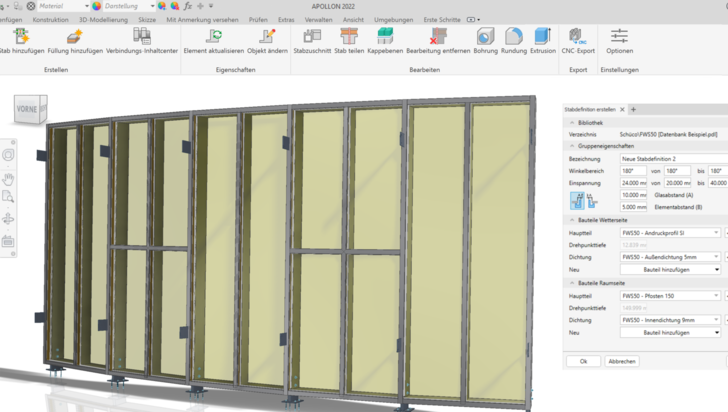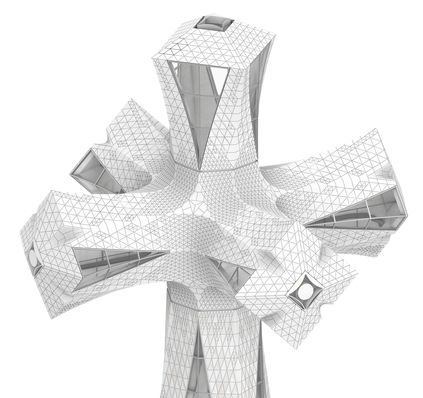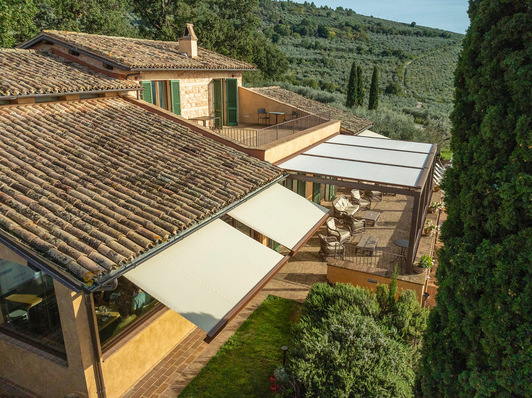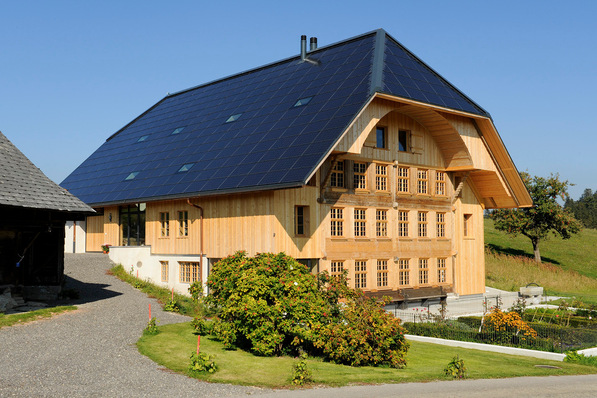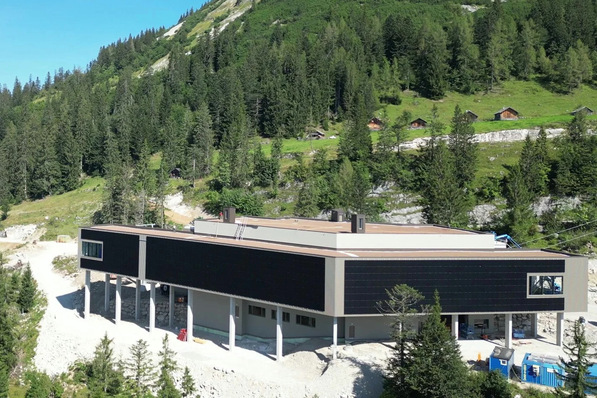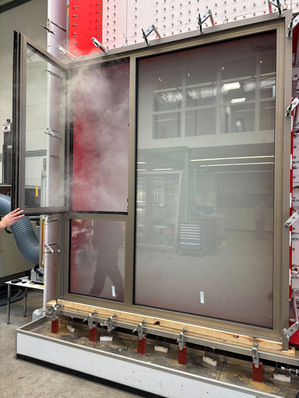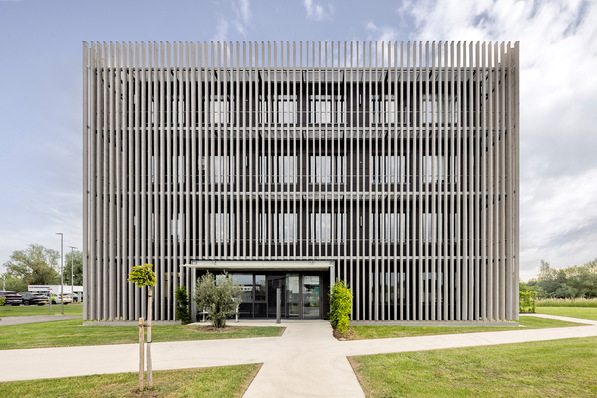Changes to the facade geometry, profiles, infills or connections can be realised with considerably less time and design effort.
As soon as all component parameters and mutual dependencies have been defined, even multiple changes and subsequent changes are carried out automatically on all profiles and connections. This makes planning more flexible and helps to avoid errors caused by changes.
Various ways of importing facade models into Apollon
In the interaction of the two complementary programmes, the Athena system drawing of the facade can be transferred to Apollon, alternatively imported by the architect or created directly in Apollon. After defining the facade exteriors, manufacturer-specific or own facade profiles can be selected and assigned to the system line model.
See also: Window planning software now includes sound module
A profile-dependent definition of pivot points helps to avoid profile collisions in case of changes. The profiles are then automatically connected to each other according to the selected profile type.
Fully automatic tracking of changes to the facade geometry
When facade profiles or infills are changed, all profile connections, including seals, glazing beads or clinkers, are automatically adapted. Changes to the geometry are also tracked automatically throughout the entire construction.
Also interesting: What to consider in bird protection glass
The planning of fixings, connection brackets, etc. can also be done parametrically. Associatively linked production plans, position plans and parts lists are generated from the 3D model and are updated automatically when changes are made. The entire design can be transferred to CNC production via the CAM interface.
Animated 3D models help to minimise errors
If necessary, the 3D model can also be animated directly by the user and used in videos for the installation or assembly of element or mullion-and-transom facades including connecting parts, which has the additional advantage of automatic collision detection. Errors are therefore detected immediately during planning, which minimises the effort required.
CAD-Plan will be presenting at the BAU trade fair in Munich in hall C1, booth 126. For a free day pass to the show, feel free to use this link: https://test.cad-plan.com/en/home-2/







